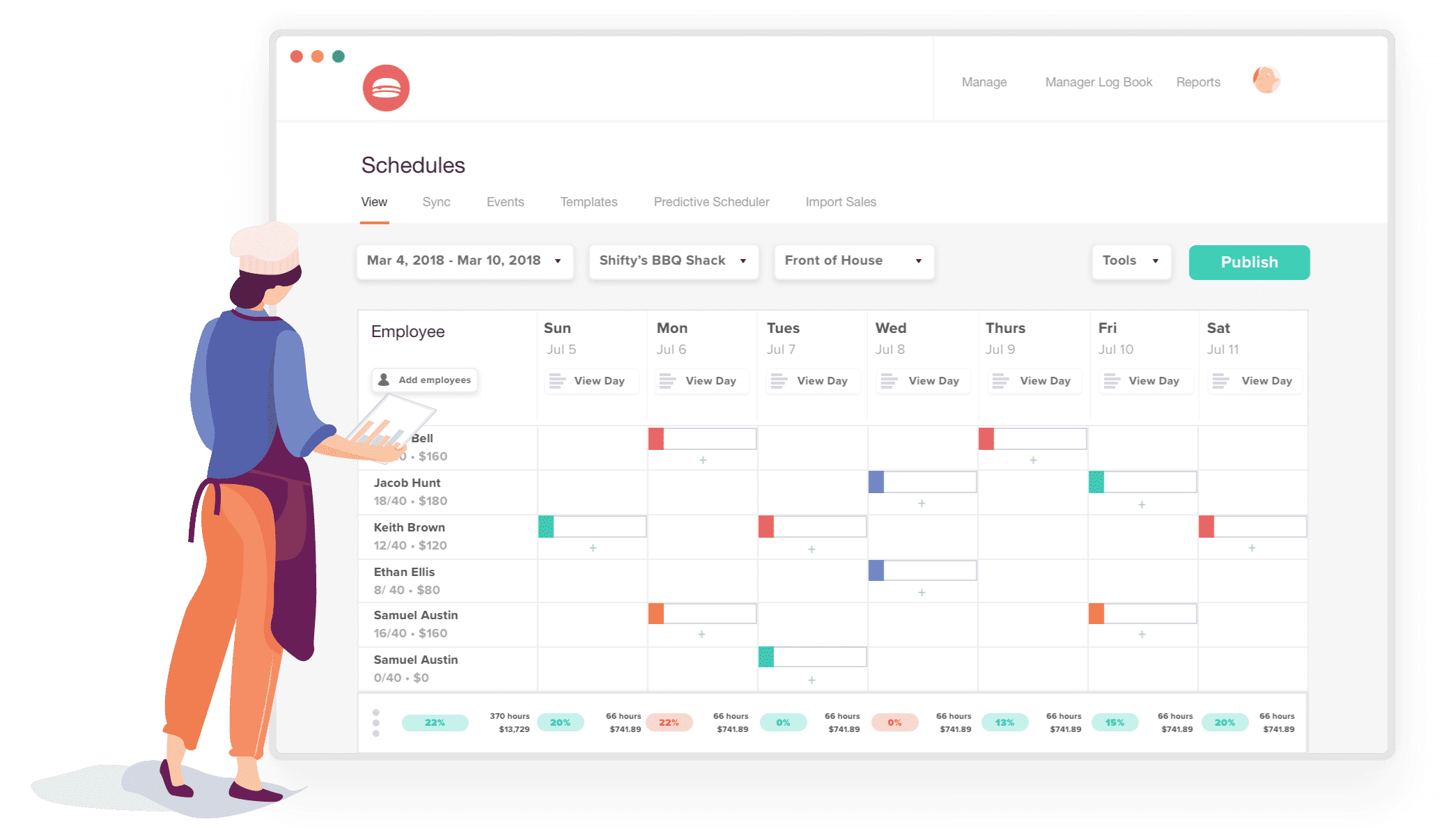
The 4-4-5 calendar divides a 52-week year into four 13-week quarters. Restaurants and retailers are the most common users of the calendar. But firms in other industries see benefits from this approach to dividing a year into reporting periods. The most common conflicts and questions involve how to allocate costs across periods of different lengths (i.e., a 4-week period vs. a 5-weeks period). For instance, consider leases, utilities, and twice-monthly payrolls. Charging these costs as they are billed may lead to a 5-week period having two rent charges. The same issue exists for dividing lump sums across several periods, such as depreciating fixed assets and amortizing prepaid expenses.
One of the most effective management practices is to manage by the week. Sales forecasts, labor schedules and product ordering are typically based upon weekly expectations. Unlike the typical 12-month calendar, the 13 4-Week accounting cycle consists of 13 accounting periods of exactly 4 weeks (28 days) which complements the weekly cycles used in many restaurants and provides for more relevant period comparisons on the profit and loss statement.
Auto177
26 C.F.R. § 1.441-2 Election of taxable year consisting of 52–53 weeks